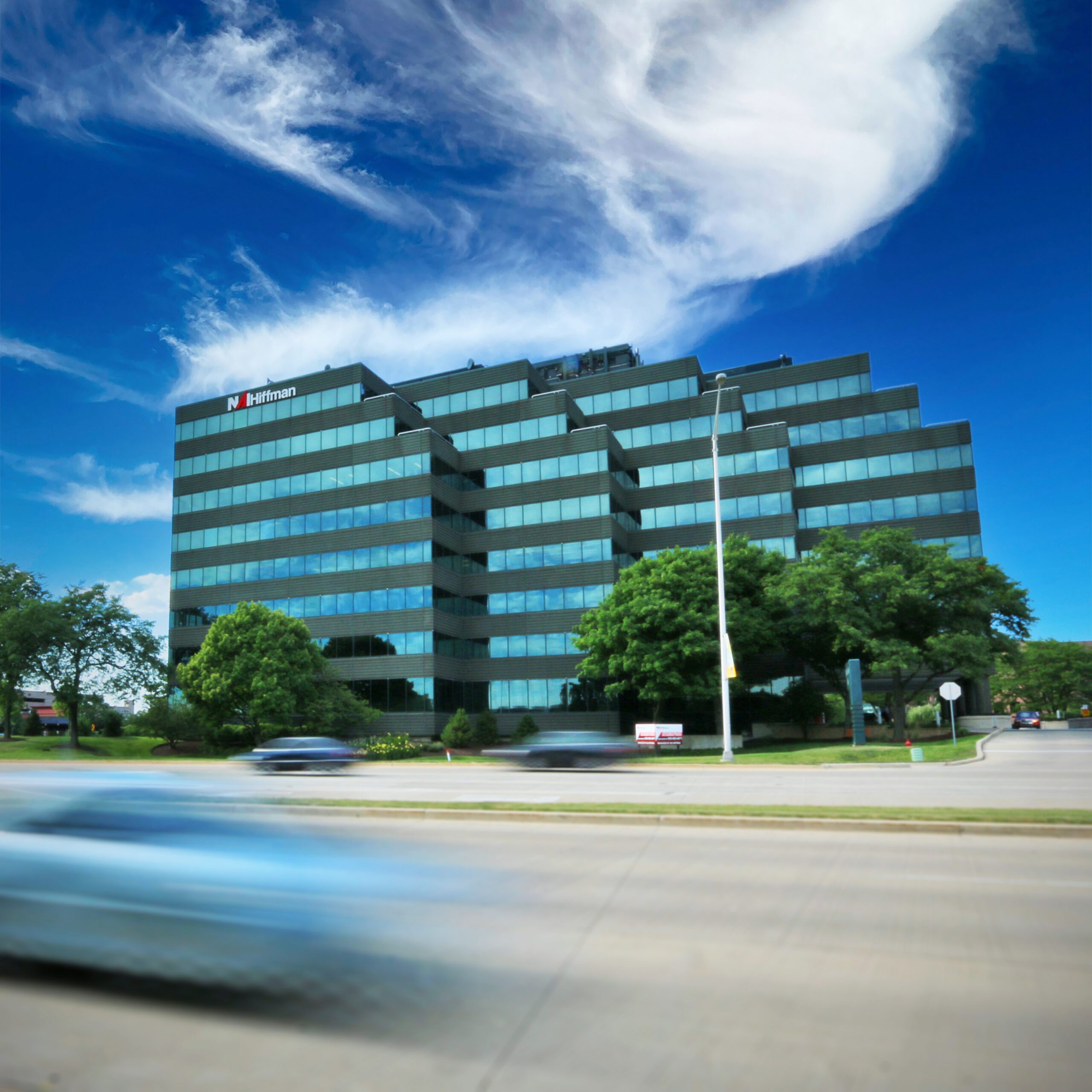June 2014
Healthcare & Real Estate 2014: Chicago (CapRate Events, LLC)

On Thursday, June 5th, CapRate Events held its first Healthcare & Real Estate summit at the Holiday Inn Chicago Mart Plaza in Chicago. Multiple panels were held throughout the day with Greater Chicago and the Midwest region’s most active healthcare real estate executives including Bob Assoian, Managing Director with NAI Hiffman’s Management Services Group, who moderated the New Funds & Healthcare Real Estate Investment Roundtable. This innovative new conference shed light on important trends in healthcare that will impact and change demand drivers for the underlying real estate assets.
Below, Brian Edgerton, Vice President with NAI Hiffman’s Medical Office Services Group highlights some notable comments made by the panelists.
8:00 AM – Healthcare Real Estate Market Overview: Analysis of Market Fundamentals & Investment Sales Volume around the Nation
PJ Camp, H2C – Hospital executives polled about what facilities they will need in the future; 25% said they will need a new MOB (new construction or redevelopment). New development, ambulatory strategies, retail, rehab, wellness centers, won’t see as much traditional MOB development (60K). Spec development beginning again.
8:30 AM – The New and Changing Delivery of Healthcare and its impact on Current and Future Investment, Development & Financing Strategies
Chris Bodnar, CBRE – Demand drivers: Very competitive interest rate environment, competitive lenders, 75-80% LTV, demand is there through financing. Doctors serving the aging population are more dependent on Medicare and are choosing to join a system. More pension funds and foreign capital are entering the space looking for yield. Investment activity will push beyond the high mark set in 2013.
Mark Burkemper, Harrison Street Real Estate Capital, LLC – Everyone is chasing yield. Urgent care development has seen 15% growth since 2008. Only 25% of urgent care operators are hospital affiliated.
Wilkingson Germain, Ventas –There is a strong increase in physician integration, growing market share, larger groups are looking to increase their footprint and strengthen negotiating power. 40% of existing physicians are employed by a health system, 70% of new physicians are choosing to be employed by a system. The highest quality assets will be purchased by groups with access to the least expensive capital.
Nathan Golik, Carter Validus – Healthcare real estate has become a core holding; inflow of capital to the space is significant. Unique specialties will be able to stay independent.
Jesse Ostrow, MedProperties Group – We are seeing 3rd party capital used more frequently. Adaptive reuse opportunities are faster to market, allowing the tenant to get in and open for business more quickly.
To read Brian’s full recap, click here »


